Starbucks has become a household name associated with coffee culture, but it wasn’t always like this. The company began in 1971 as a small coffee bean store in Seattle’s Pike Place Market. Founded by three friends– English teacher Jerry Baldwin, history teacher Zev Siegl, and writer Gordon Bowker– Starbucks initially focused on selling high-quality coffee beans and equipment rather than brewed coffee. The founders were inspired by Alfred Peet, the founder of Peet’s Coffee, who introduced them to the art of roasting premium coffee beans. They named their store “Starbucks” after a character in Herman Melville’s Moby Dick, symbolizing their hope to create a memorable and timeless brand (Starbucks).
The transformation of Starbucks into a global coffee empire began in the 1980s when Howard Schultz joined the company as Director of Retail Operations and Marketing. After a trip to Italy, where he experienced the fast-paced, social coffee environment of Italian espresso bars, Shultz saw the potential for Starbucks to become more than a coffee bean supplier. He envisioned Starbucks as a place for people to gather and connect over high-quality coffee. Though Schultz faced resistance, he eventually bought the company in 1987 and began opening Starbucks cafes, marking the start of its rise into a global coffee icon (Starbucks).
Over the years, Starbucks has expanded to over 30,000 stores worldwide. Part of its success lies in its ability to adapt to consumer trends. In the 2000s, Starbucks introduced drive-thrus, Wi-Fi, and a broader menu including tea, frappuccinos, and seasonal drinks such as the beloved Pumpkin Spice Latte. When asked what she likes about Starbucks, Faith Saba (11) commented, “I like that you can customize any drink to how you like. I also love the holiday season because the pumpkin drinks come back in the fall, and there are tons of hot chocolates in the winter.” Starbucks has kept itself fresh and relevant by continually responding to customer demands and tastes.
Today, Starbucks immensely influences coffee culture and plays a role in the modern cafe experience. The company popularized the idea of “third place” spaces–where people can relax between work and home, fostering social connections in communities around the world. Furthermore, Starbucks’ commitment to ethical sourcing has encouraged other coffee companies to prioritize sustainability and fair trade.
One of Starbucks’ most impressive achievements is its Starbucks Reserve Roasteries, a unique experience that takes the coffee experience to new heights. There are only a total of six Starbucks Reserve Roasteries, which are located in Seattle, Shanghai, Milan, New York City, Tokyo, and Chicago. Each roastery is designed to reflect the local culture, making it a must-see destination for coffee lovers. These roasteries feature on-site roasting, specialized brewing methods, and exclusive menu items, allowing customers to see, smell, and taste the coffee-making process. The Reserve Roasteries embody Starbucks’ dedication to craftsmanship and innovation, highlighting its evolution from a simple coffee bean store to a coffee giant (Starbucks).
As Starbucks continues to evolve, it remains committed to its roots of high-quality coffee and creating meaningful experiences. From a small store in Seattle to a global icon, Starbucks’ journey is a testament to the power of vision, adaptability, and a love for coffee!











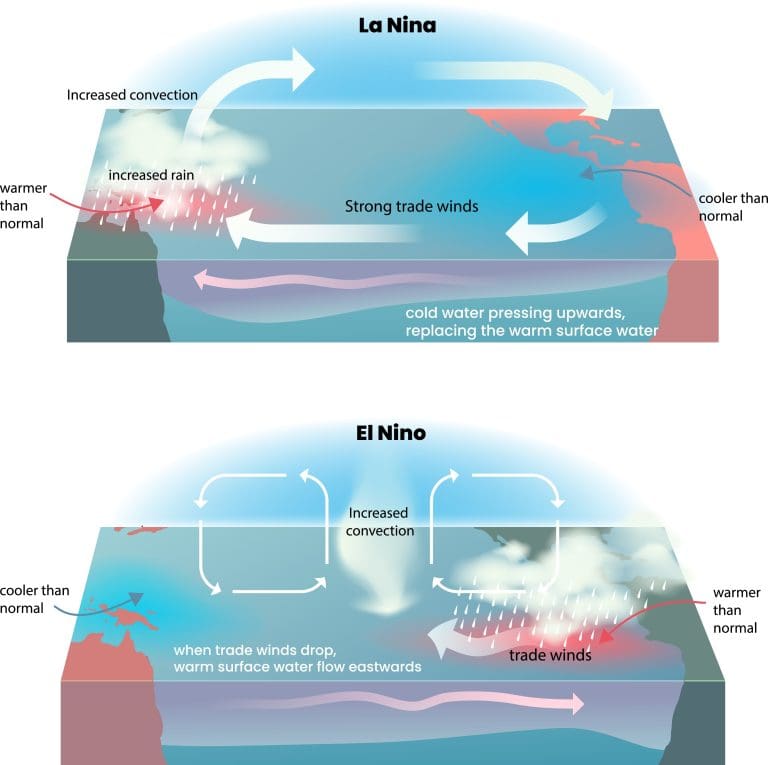

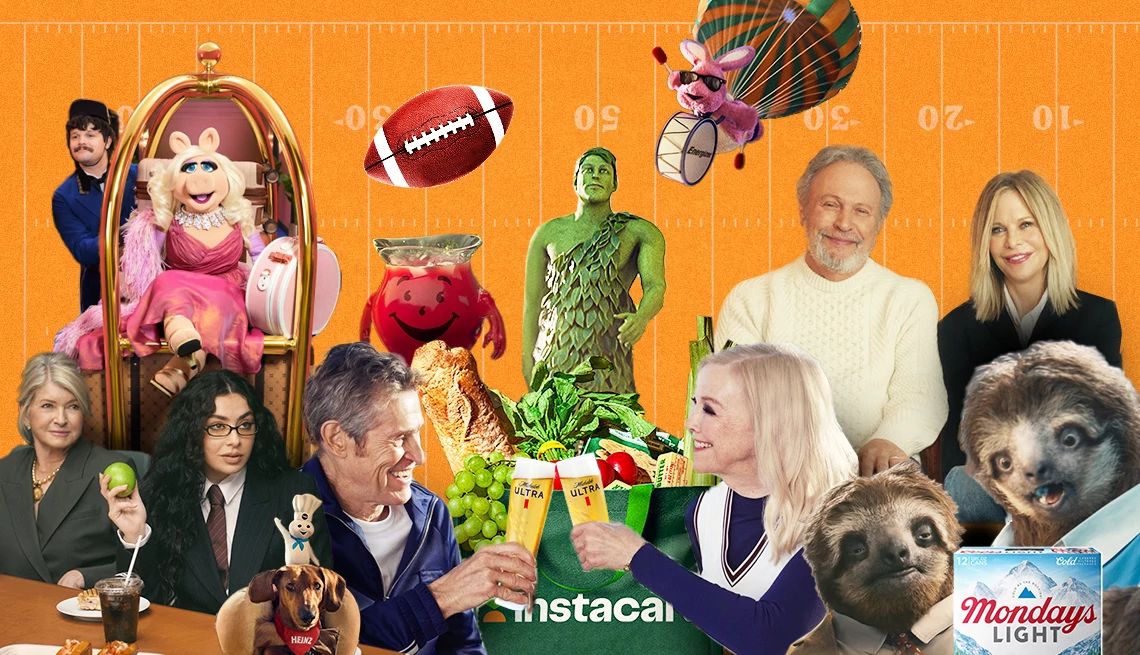


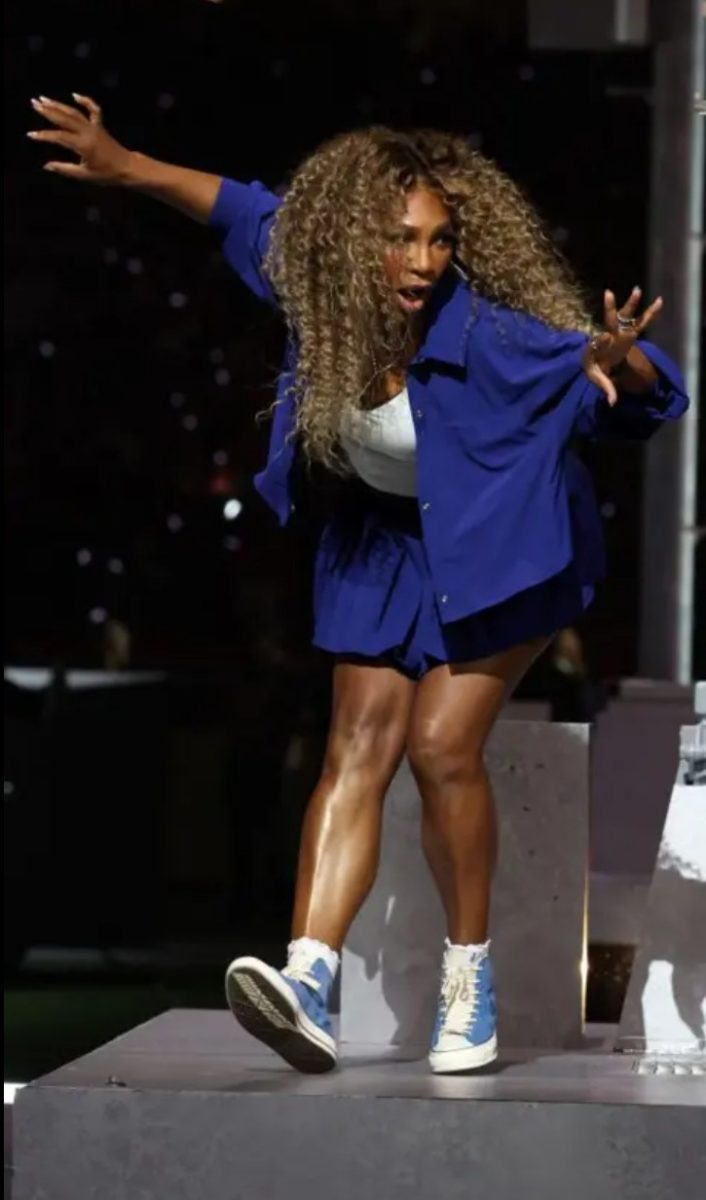


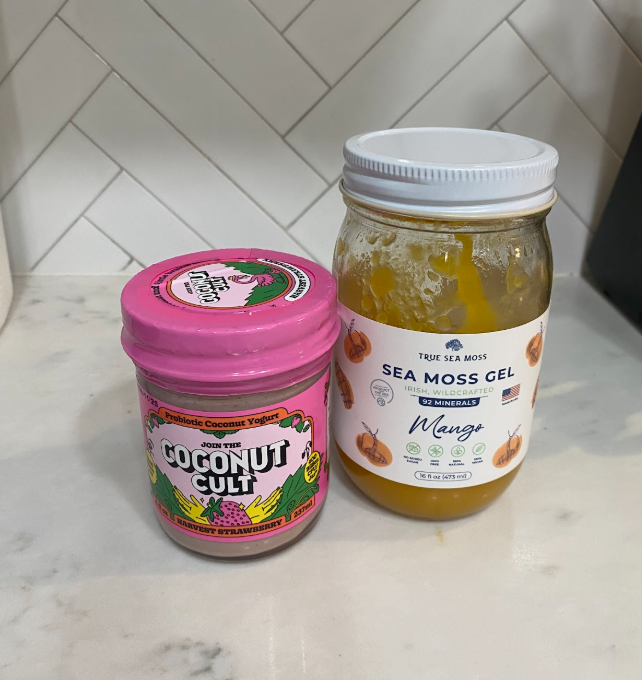
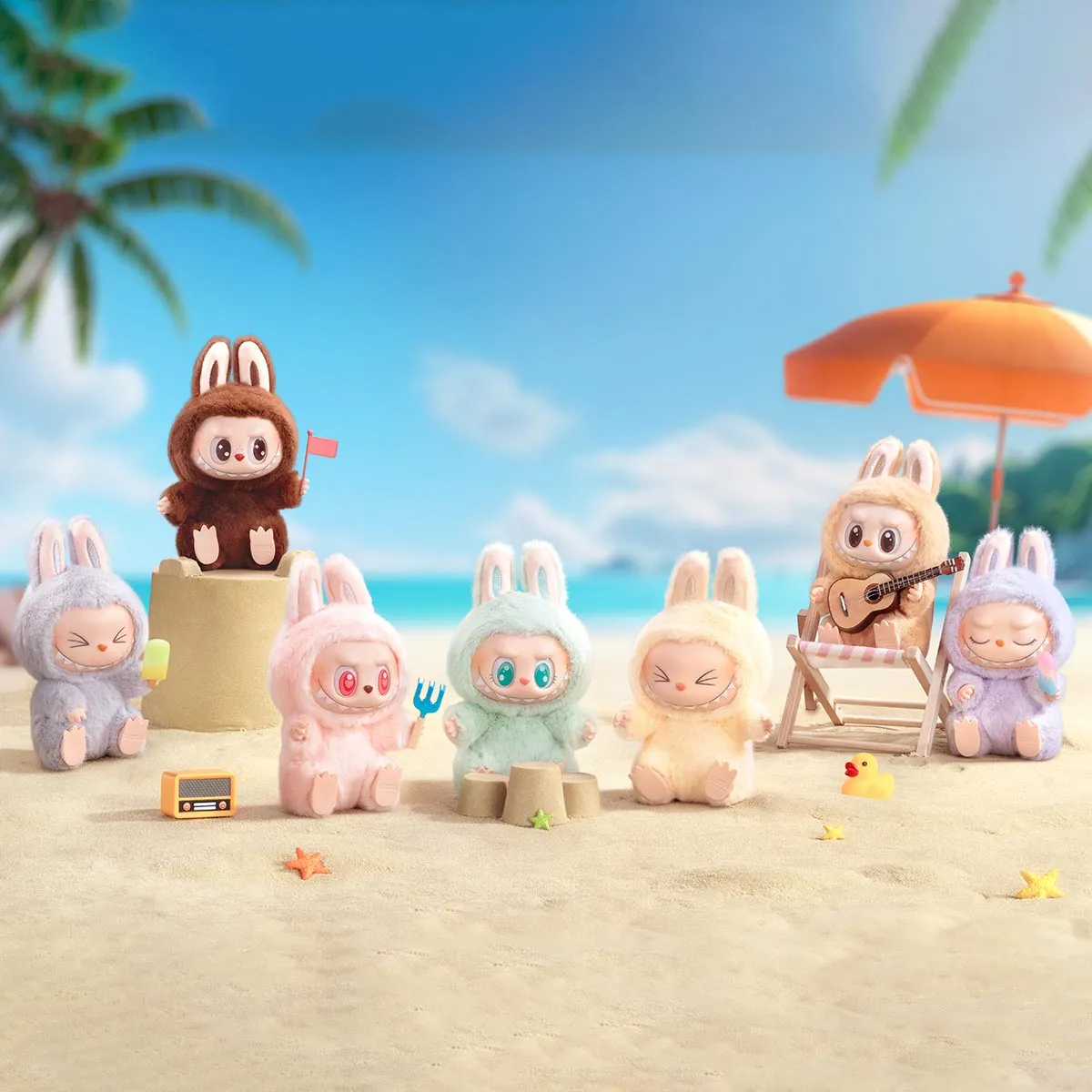
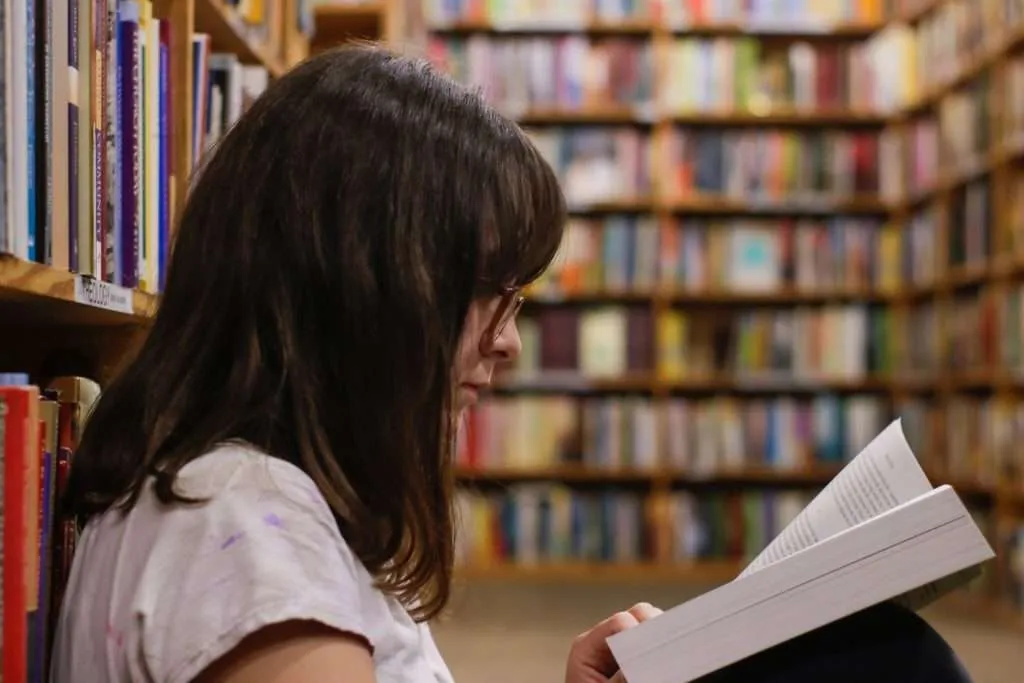



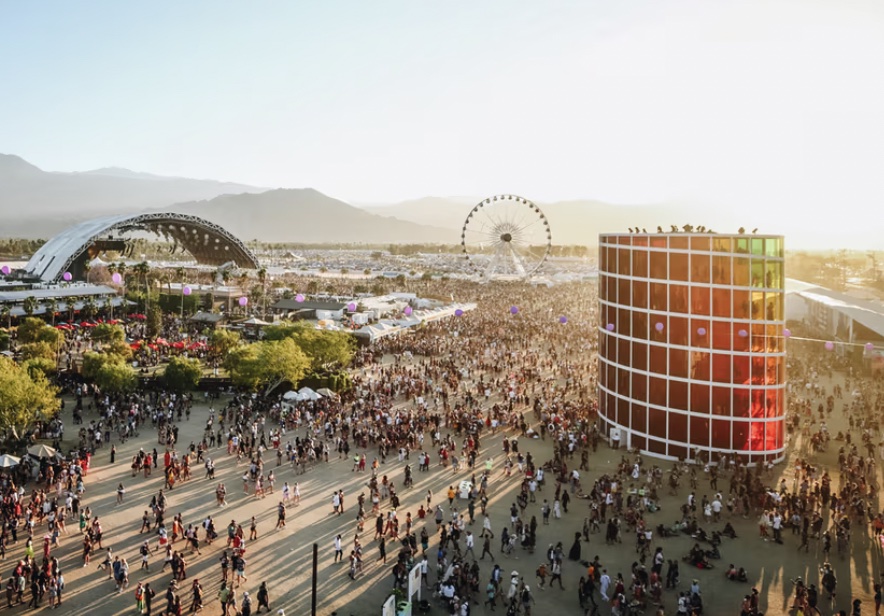


Ashley Chavez • Dec 5, 2024 at 9:23 PM
Great Article! It was such a fun time getting to visit it on out NY trip!
Riyanka Shah • Dec 5, 2024 at 7:32 AM
I love Starbucks and it was so interesting to learn about its roasteries. This is such a good article!
Kaylee Garcia • Dec 5, 2024 at 7:29 AM
The history you mention is really interesting. I didn’t know it used to be a place where you could only buy coffee beans and equipment.
Gabriela Chavez • Dec 5, 2024 at 7:27 AM
I enjoyed this article because I personally love Starbucks and I enjoy being able to read about how they came upon and they thrive so much.
Charlie C. • Dec 5, 2024 at 7:24 AM
Great article! I did not know that there was only 6 Reserves in the world, and this made me feel like my visit there was really an experience.
Sophia Mou • Dec 5, 2024 at 7:22 AM
As a loyal Starbucks customer, I really enjoyed learning about the company’s history!
Simran Vaswani • Dec 5, 2024 at 7:21 AM
WOW! Grecia this is such an amazing article! I loved learning about the Starbucks Reserve Roasteries! So so interesting!